Discussion - Inflammatory
演讲者

Matilde Iorizzo
Switzerland
Dermatologist - Hair and Nail Expert. She is also a Medical Consultant & Scientific Advisor in Switzerland.
源事件

NAIL | World Day 2025
Dear Colleagues,
We are delighted to invite you to the NAIL | World Day 2025 on February 8th, 2025, celebrated in partnership with:
- International Nail Society (INS)
- European Nail Society (ENS)
- Council for Nail Disorders (CND)
- Nail Society of India (NSI)
- Korean Nail Society (KNS)
- Groupe Ongle de la Société Française de Dermatologie
- African Society of Dermatology and Venereology (ASDV)
- Tunisia Society of Dermatology (STDV)
- Moroccan Society of Dermatology (SMD)
Despite advances in dermatology, significant unmet needs persist in the diagnosis and treatment of nail diseases globally. This event aims to bridge these gaps by providing cutting-edge medical education on topics ranging from innovative therapies to the latest research findings. Scientific sessions will include:
- Inflammatory disorders
- Infections of the nail apparatus
- Nail surgery: the basics
- Tumors of the nail
- Nail cosmetics
- Pediatric nail disorders
Our gathering will foster collaboration among international experts, ensuring we collectively advance the standard of care for patients worldwide. The Scientific Committee will include:
- Dr. Eckart Haneke (Germany)
- Dr. Matilde Iorizzo (Switzerland)
- Dr. Antonella Tosti (USA)
- Dr. Noureddine Litaiem (Tunisia)
- Dr. Dimitris Rigopoulos (Greece)
- Dr. Nilton Gioia Di Chiacchio (Brazil)
- Dr. Chander Grover (India)
- Dr. Molly Hinshaw (USA)
- Dr. Ines Zaraa (France)
- Dr Dongyoun Lee (Republic of Korea)
- Dr Sana Mokni (Tunisia)
- Dr. Vineet Relhan (India)
- Dr. Julie Mervak (USA)
- Dr. Nejib Doss (Tunisia)
- Dr. Shikha Bansal (India)
- Dr. Soumiya Chiheb (Morrocco)
Join us in this critical dialogue and contribute to a brighter future for nail health.
Warm regards,
Prof. Noureddine Litaiem
NAIL | World Day 2025, Organizer
African Society of Dermatology and Venereology, Secretary General
Hôpital Universitaire Charles Nicolle, Tunisia
相似视频
Source event Program
Introduction
.jpg&w=640&q=75)
Introduction to Nail World Day 2025
Inflammatory
Matilde Iorizzo, Michela Starace, Nejib Doss
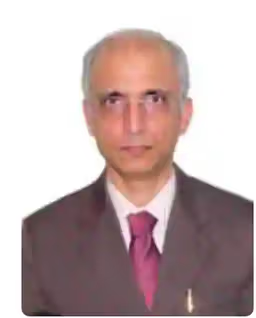
Nail unit psoriasis: a clinical overview
Sushil Tahiliani MD
Nail psoriasis & Nail Pustular Psoriasis : The best treatment approach
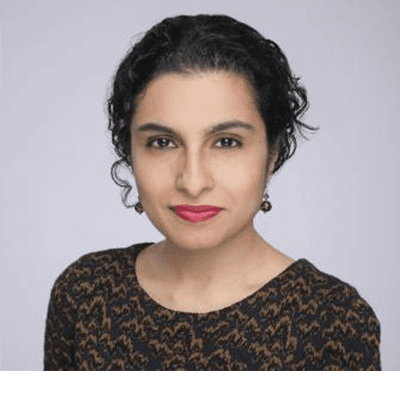
Nail changes associated with cancer therapy
Nail unit Lichen Planus : diagnosis and treatment

Onychotillomania
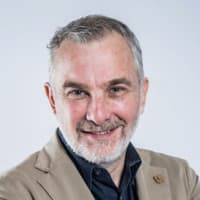
Retronychia : evaluation and treatment plans
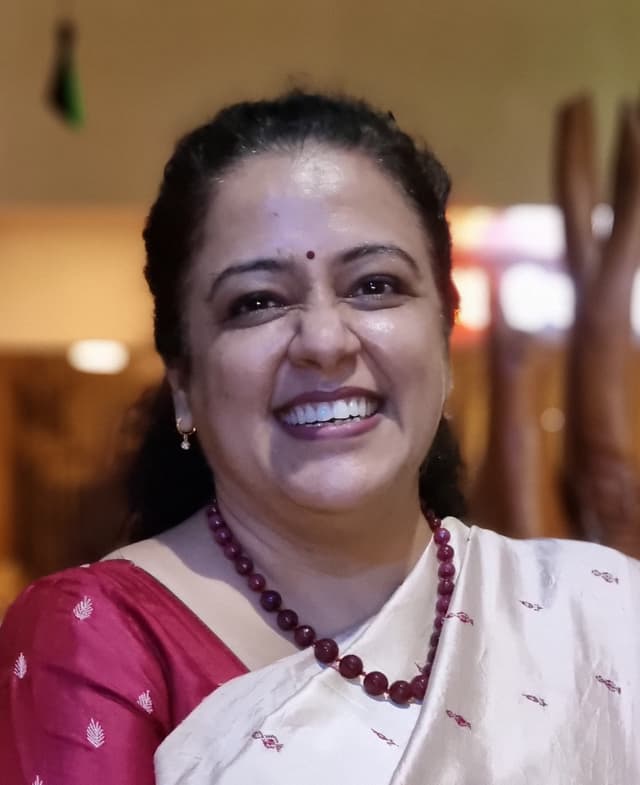
Intralesional Therapies in Nail Disorders
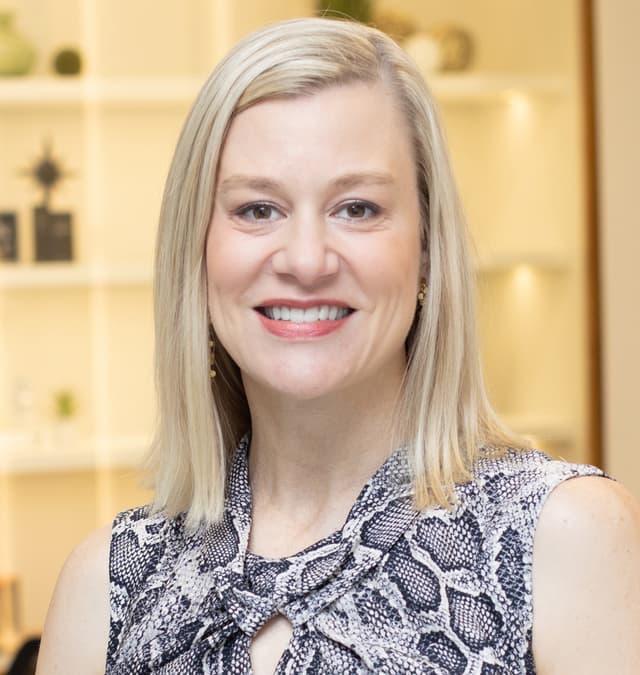
Onycholysis Management

Chronic Paronychia
Thomas Stringer MD
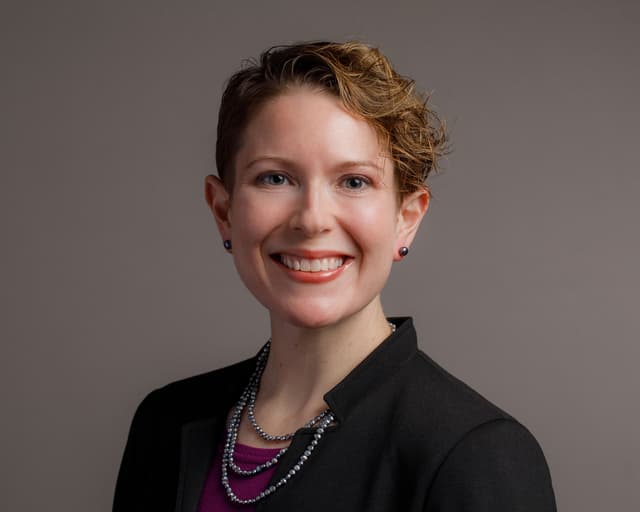
Nail signs of systemic disease
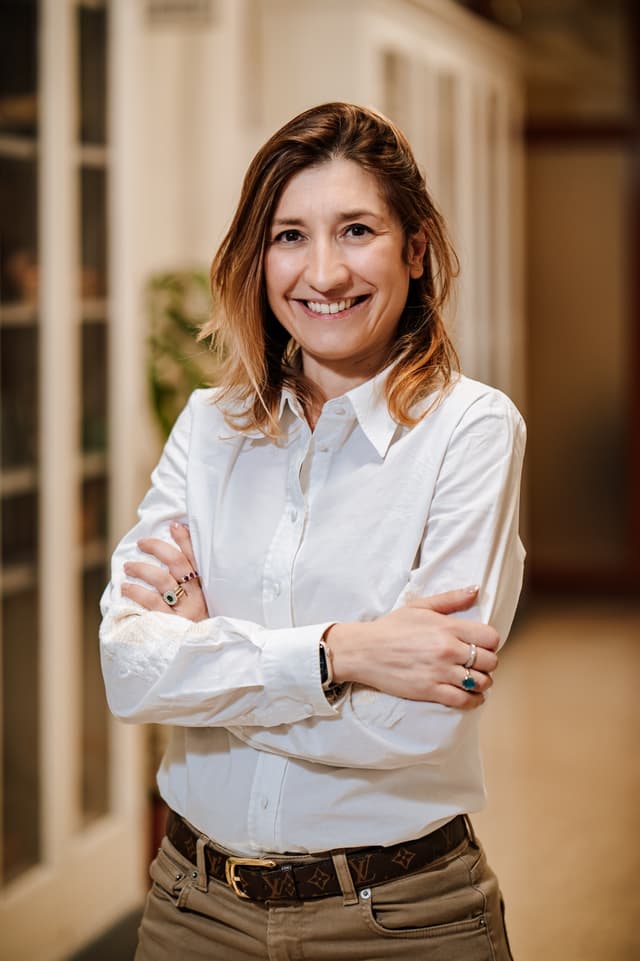
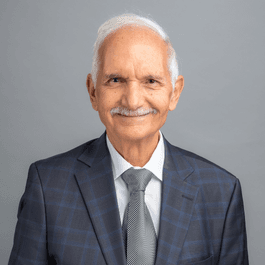

Discussion - Inflammatory
Michela Valeria Rita Starace (MD, PhD), Nejib Doss (MD), Matilde Iorizzo (MD, PhD)
Infections
Molly Hinshaw, Archana Singal, Kwang-Ho Kim

Onychomycosis in adults
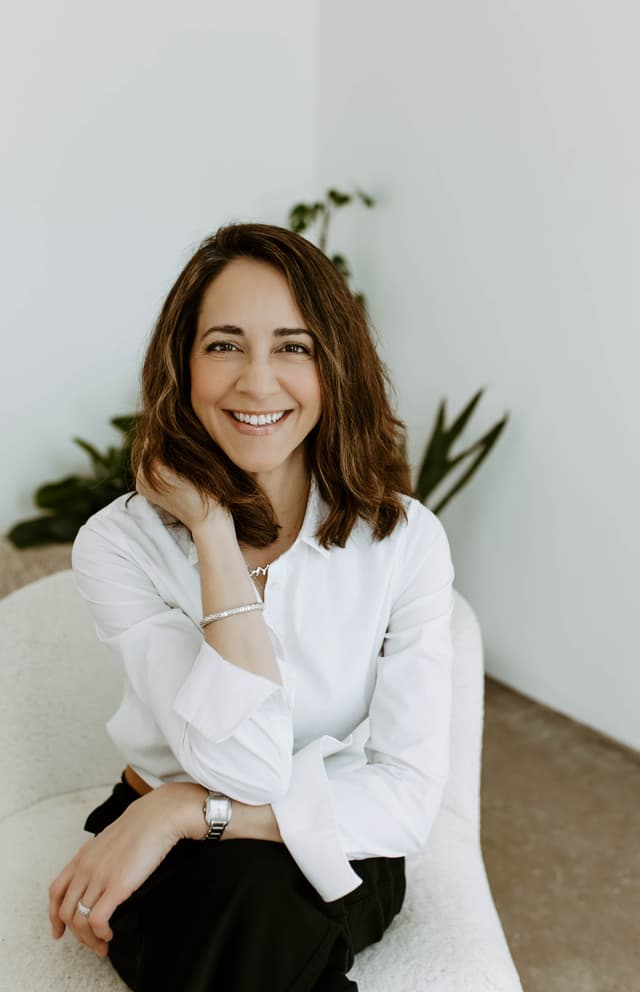
Onychomycosis: pro and cons of the different diagnostic methods
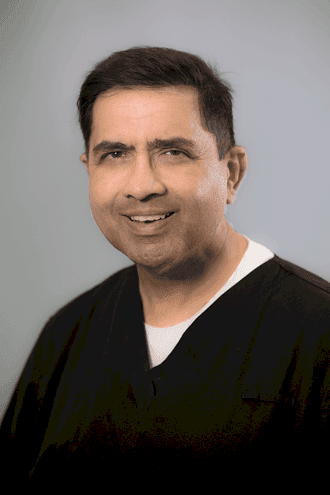
Evaluation
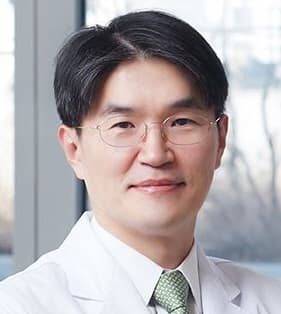
Treatment of Refractory periungual warts
.jpg&w=640&q=75)
Parasitic infections of the nails
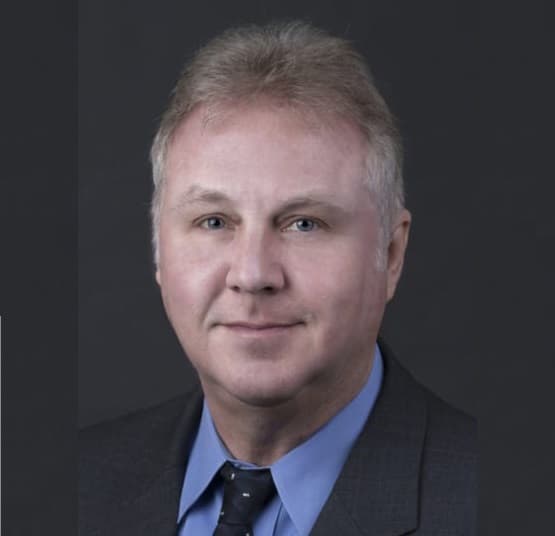
When a Fungal Nail is Not a Fungal Nail
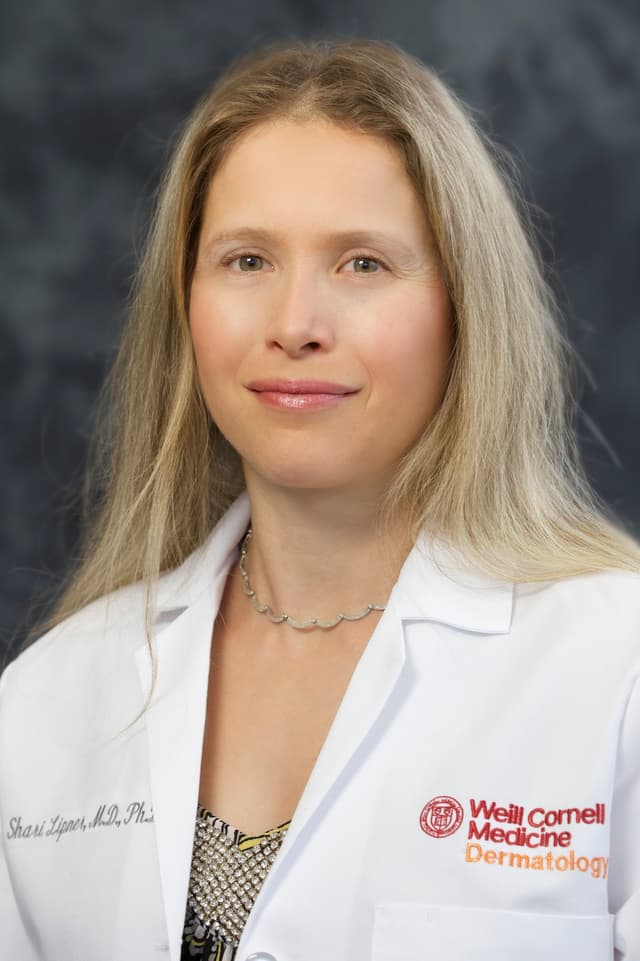
Safety of Antifungal Treatments
.jpg&w=640&q=75)
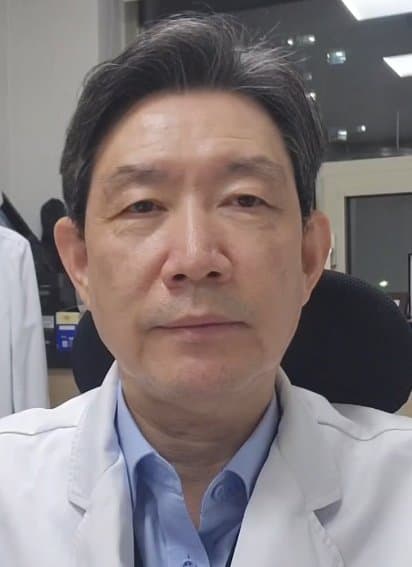

Discussion - Infection
Archana Singal (MD, FAMS), Kwang-Ho Kim (PhD,MD), Molly Hinshaw (MD, FAAD)
Nail Surgery
Eckart Haneke, Adam Rubin, Sushil Tahiliani
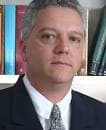
Patient preparation and anesthesia techniques
Nilton Di Chiacchio MD
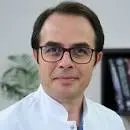
Nail biopsy techniques
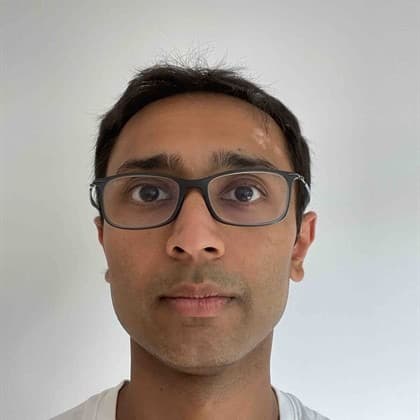
Dressing in nail surgery
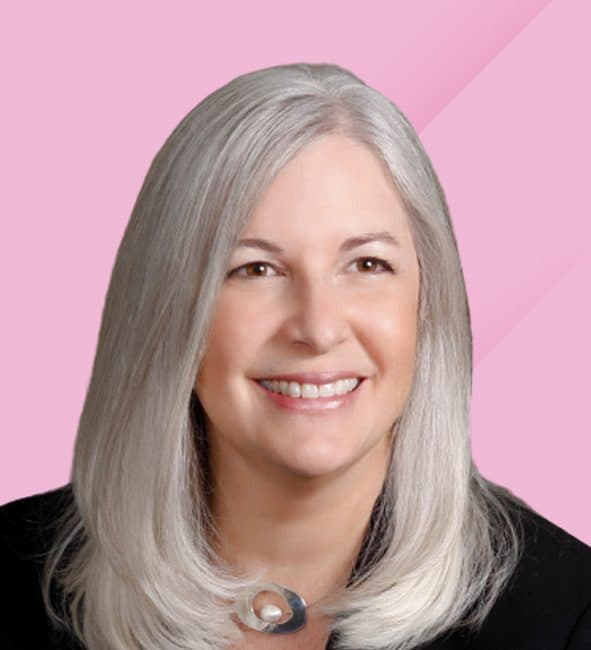
How to optimize your nail specimen
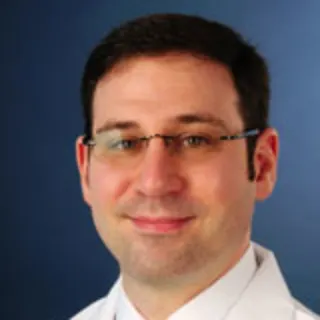
The diagnostic value of nail clippings
Adam Rubin MD
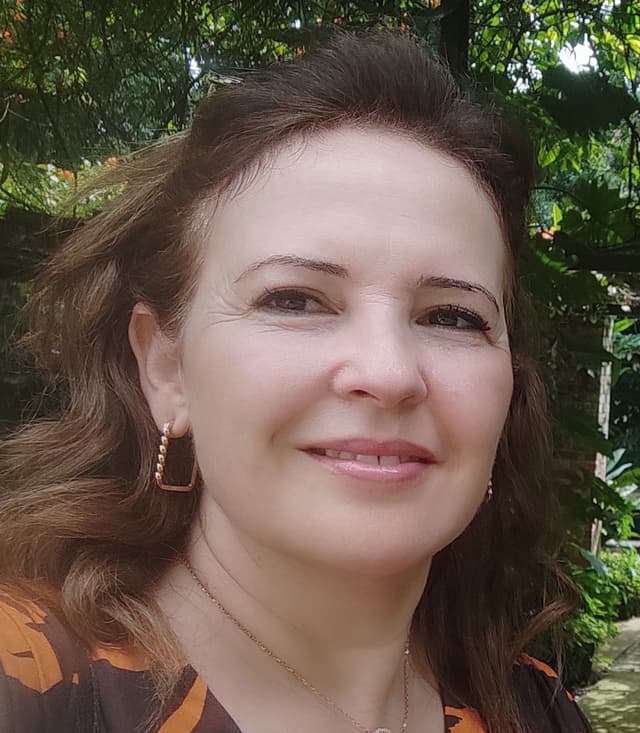
Ingrown nail: evaluation and treatment plans
sana mokni MD
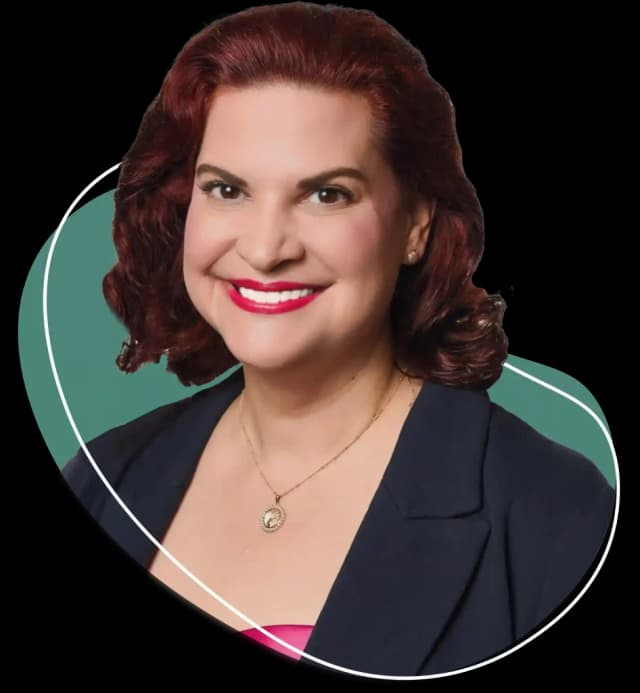
Ingrown nail surgery
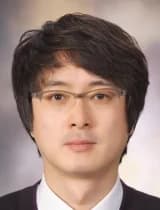
How to handle complications in nail surgery
Je-Ho Mun MD

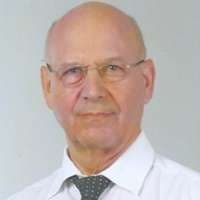
Discussion - Nail Surgery
Adam Rubin (MD), Eckart Haneke (MD, PhD)
Nail Tumors
Chander Grover, Bertrand Richert, Joung Soo Kim, Judith Dominguez-Cherit
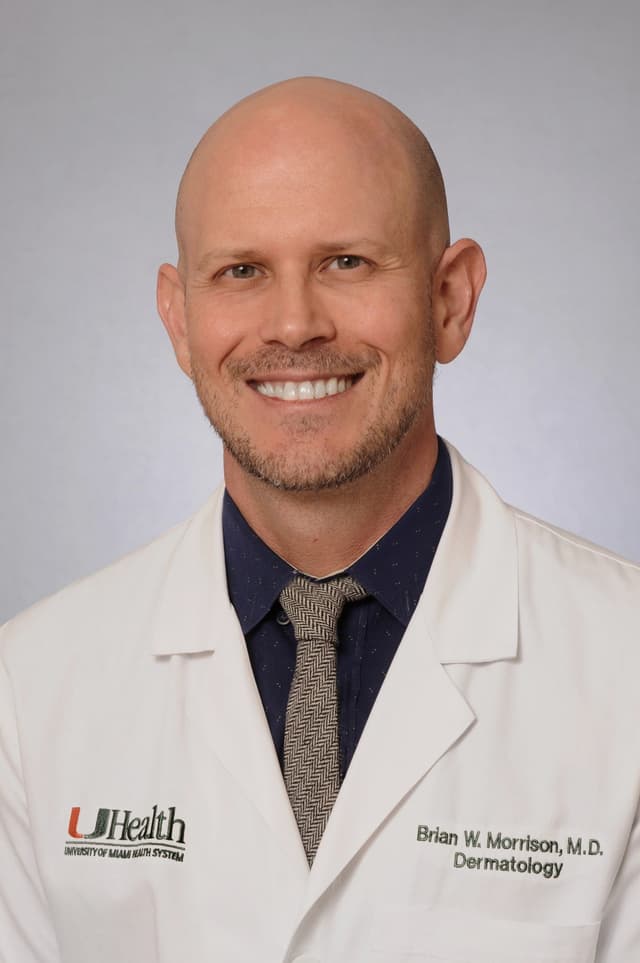
Monodactylous Longitudinal Nail Plate Change
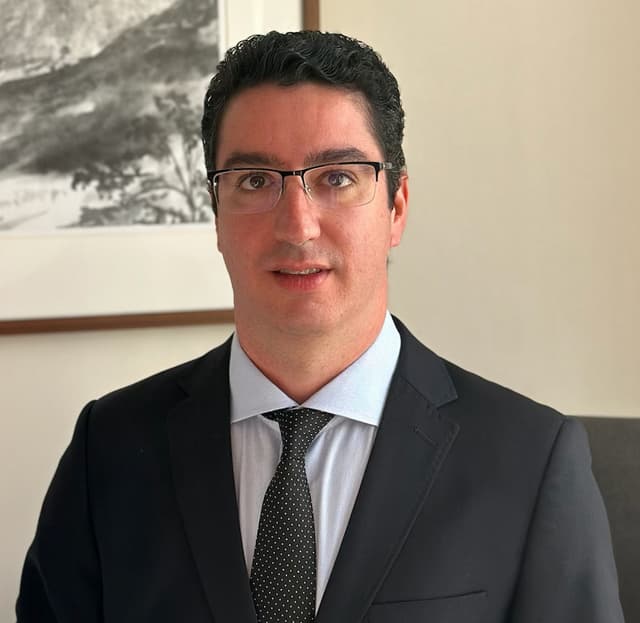
Benign nail tumors
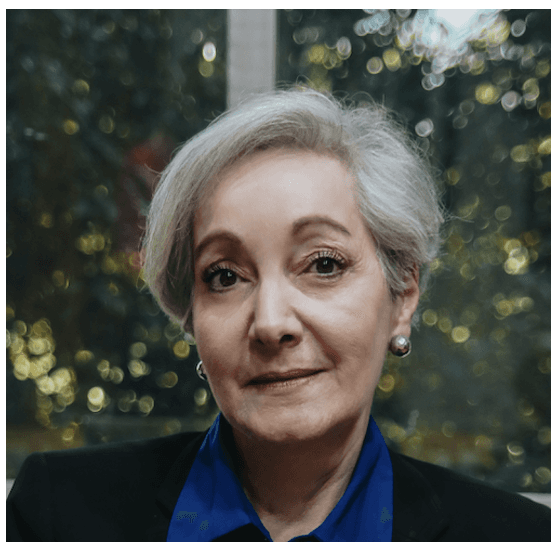
Bowen's disease and SCC
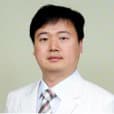
Longitudinal melanonychia
Erythronychia: Differential diagnosis
Salim Gallouj MD

Nail unit melanoma
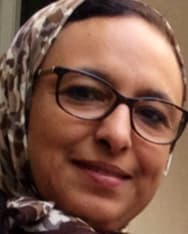
Glomus tumor: Clinical to therapeutic aspects
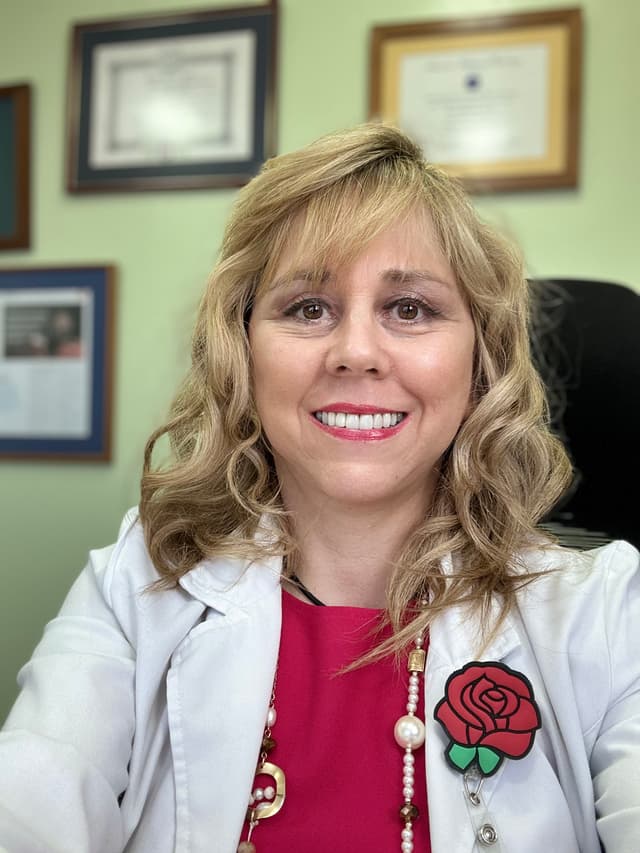
Nail tumors: Diagnosis through imaging

Nail tumors: Diagnosis through onychoscopy
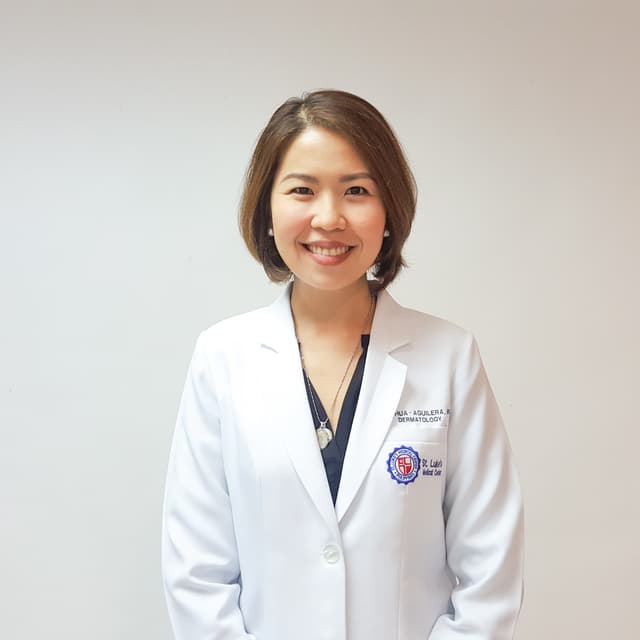
The Basics in Nail Pathology



Discussion - Nail Tumors
Bertrand Richert (MD), Judith Dominguez-Cherit (MD), Chander Grover (MD)
Nail Cosmetics
Nilton Gioia di Chiacchio, Ines Zaraa
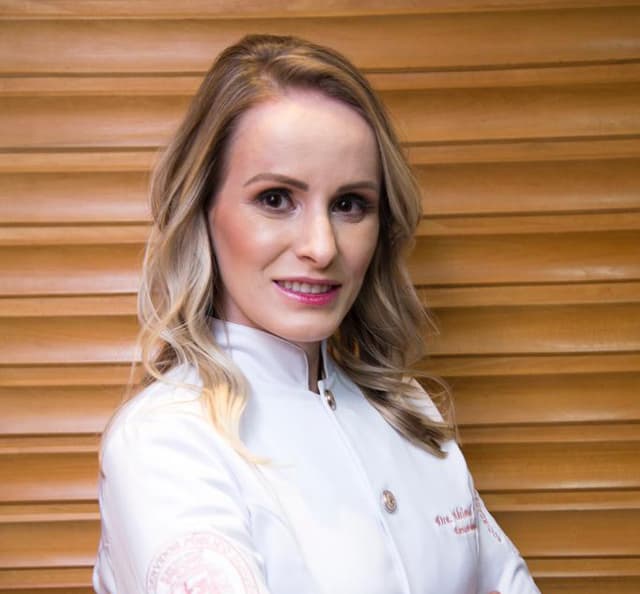
Brittle nails
.jpg&w=640&q=75)
Side effects from gel nail polish

Nail peeling: when and how
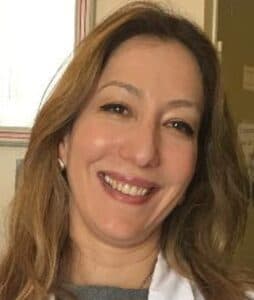
Nail supplements



Discussion - Nail Cosmetics
Adriana Matter (MD), Ines Zaraa (MD), Nilton Gioia Di Chiacchio (MD, PhD)
Pediatric Nail Disorders
Vineet Relhan, Julie Mervak
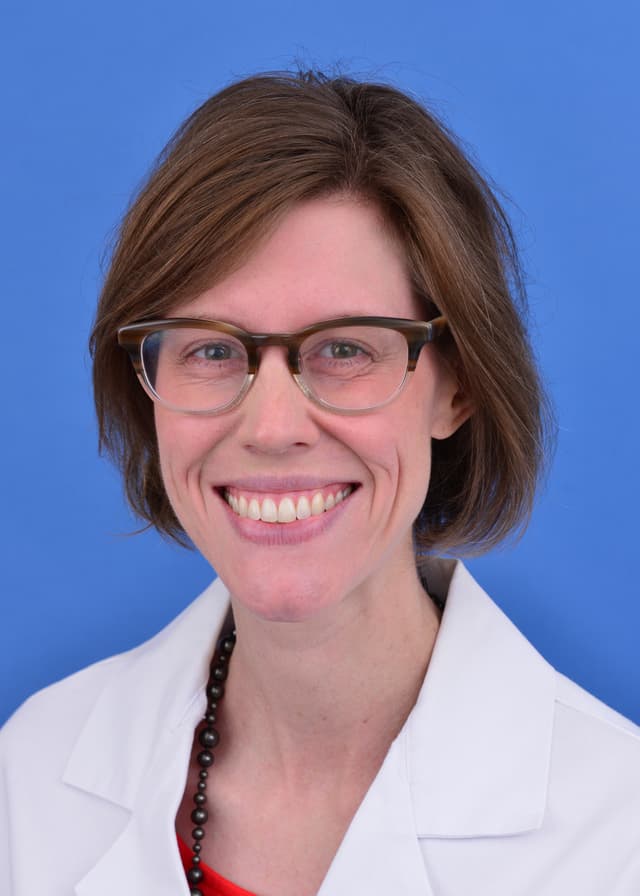
Pediatric melanonychia
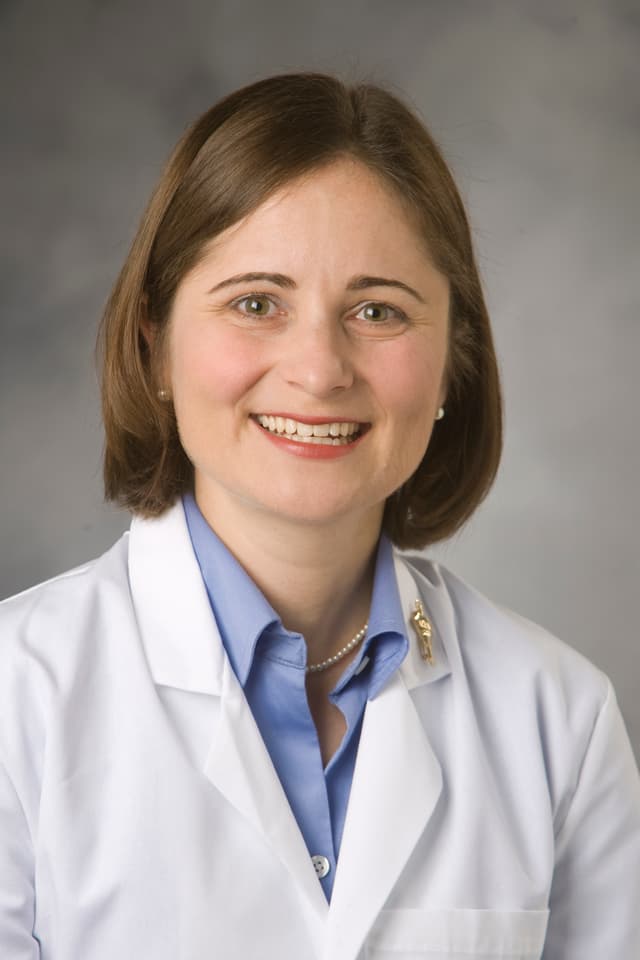
Pediatric nail psoriasis
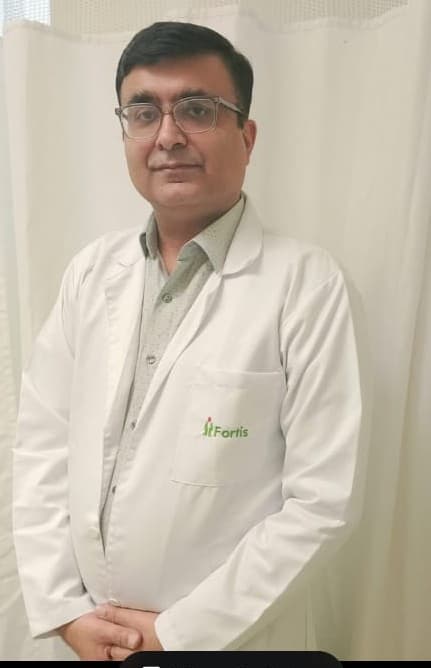
Trachyonychia
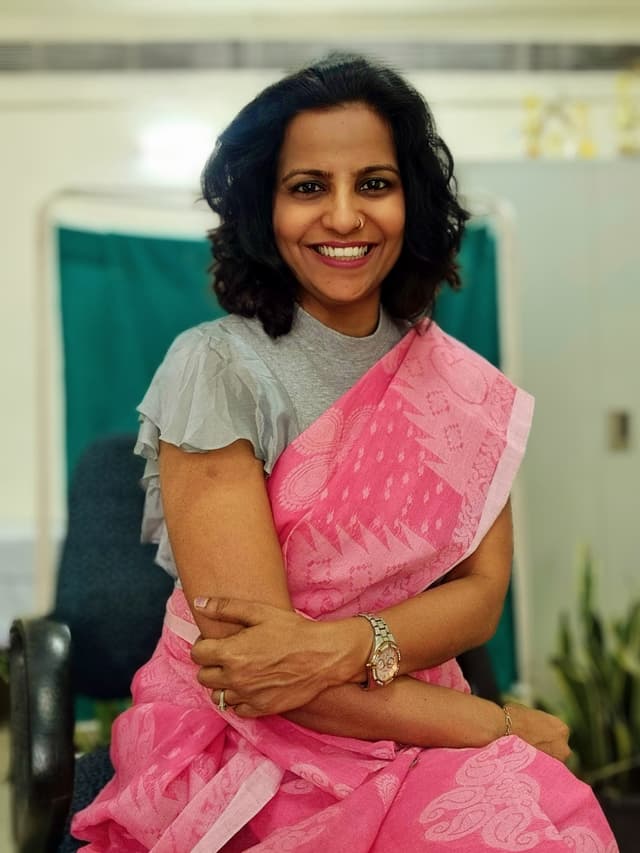
Self-induced nail disorders in children

Congenital Malalignment of the toenail

Congenital nail disorders: a clinical approach






Discussion - Pediatric Nail Disorders
Samira Zobiri (MD), Jane Bellet (MD, FAAD), Shikha Bansal (MD, MBBS), Vineet Relhan (MD, MBBS), Juan Jimenez-Cauhe (MD, PhD), Julie Mervak (MD)
Might interest you
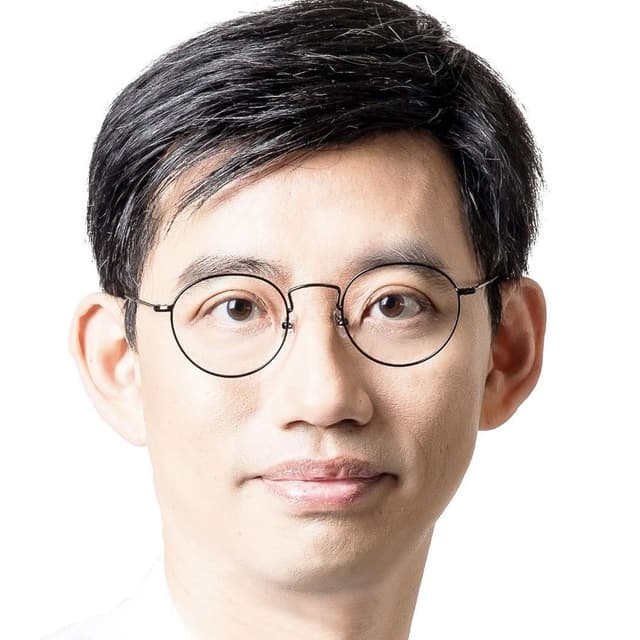
Pigmentation
Chair: Dr Patrick HUANG,
Hyperpigmentation is excess skin color from melanin. Understand melanin synthesis mechanisms and main causes.
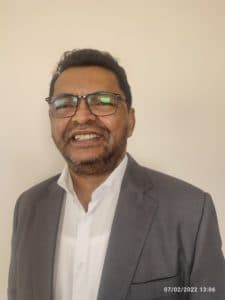
Cutaneous Medicine: Multidisciplinary Approaches in Dermatology
Chair: Prof. Fahafahantsoa Rapelanoro Rabenja,
This course explores the intersection of dermatology with other medical specialties, emphasizing a collaborative approach to diagnosing and managing complex skin disorders. It covers a wide range of topics, including dermatopathology, rheumatology, oncology, and infectious diseases, highlighting how systemic conditions manifest cutaneously. With contributions from experts in various fields, the text provides comprehensive insights into multidisciplinary care, advanced diagnostic techniques, and innovative treatments. Ideal for dermatologists, internists, and specialists, it bridges gaps between disciplines to improve patient outcomes in cutaneous medicine.
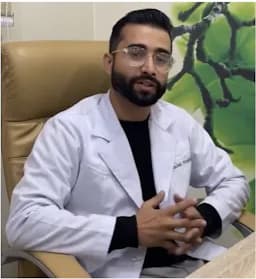
Neglected Tropical Skin Diseases
Chair: Dr. Prajwal Pudasaini, MD
Neglected tropical skin diseases affect poor populations in tropical areas. They include leprosy, mycetoma, and cutaneous leishmaniasis, causing disability and stigma. They receive little attention and resources, leading to poor diagnosis and treatment. Increased awareness and improved healthcare access are needed to help affected communities.
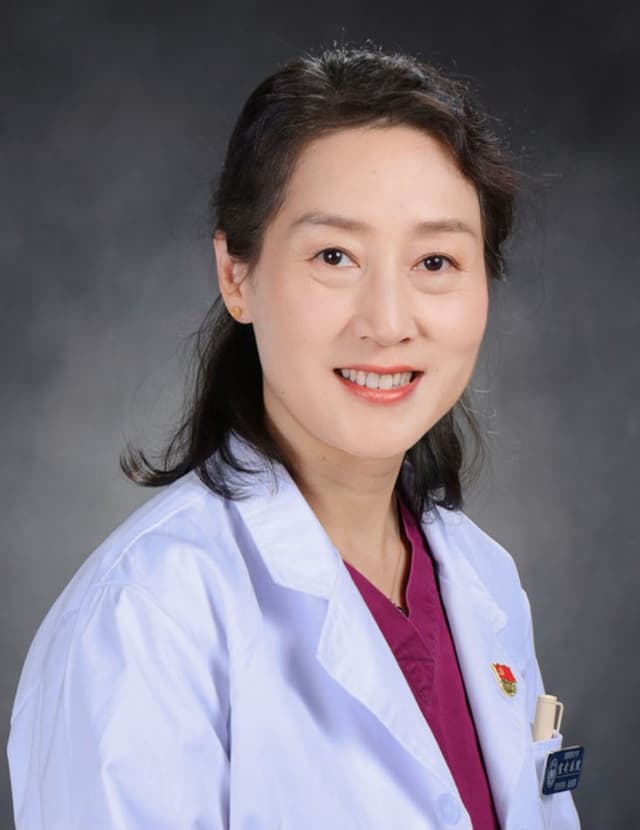
Acne Treatment in China
Chair: Prof. Haiping Zhang, PhD
Acne treatment in China combines traditional methods with modern practices.

Cyspera Medical Education
Chair: Global Dermatology,
Cyspera® is a topical pigment-correcting treatment formulated with cysteamine, a naturally occurring compound that reduces the appearance of persistent hyperpigmentation, including melasma, post-inflammatory hyperpigmentation, and lentigines. It is known for being non-hydroquinone, suitable for long-term use, and effective on all skin types.
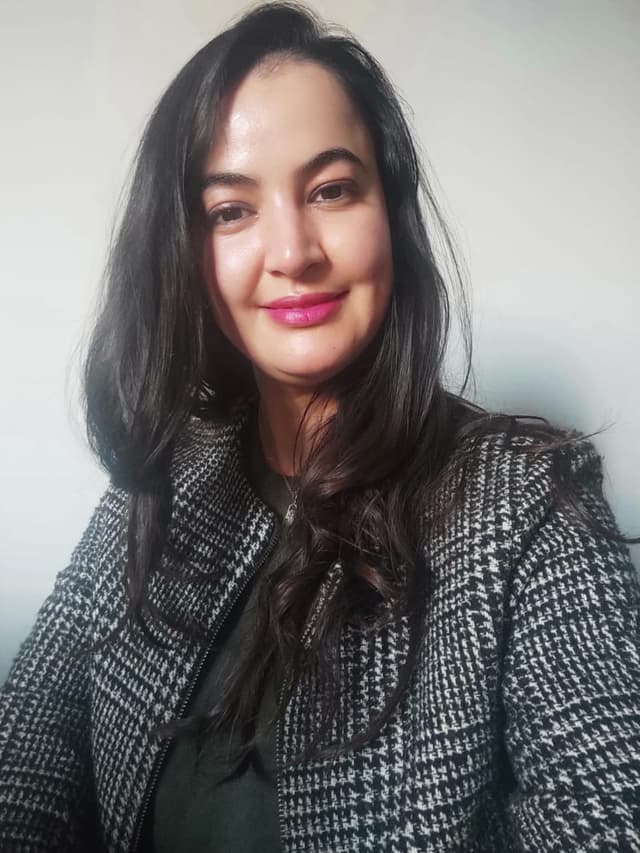
Topographic Dermoscopy
Chair: Prof. Awatef Kelati, MD
Topographic dermoscopy refers to the region-specific application of dermoscopic examination, emphasizing the unique morphological patterns found across different anatomical sites. On facial skin, the dermoscopic assessment requires recognizing patterns influenced by the high density of pilosebaceous units and sun-induced changes, often presenting pseudonetworks and annular-granular structures. The ear, with its thin skin and sebaceous gland concentration, reveals specific vascular and follicular clues important in distinguishing benign from malignant lesions.
On the chest and back, where the skin is thicker and sun exposure varies, dermoscopy must account for irregular pigment distribution and architectural disorder, especially in large nevi or early melanomas. Limb lesions may show distinctive features due to mechanical friction, hair density, and vascular variations, demanding precise interpretation to identify atypical nevi or skin cancers.
Palmar and plantar dermoscopy highlights the parallel ridge pattern critical for melanoma diagnosis, contrasting with benign acral patterns like the parallel furrow or lattice-like structures. Scalp and hair disorders benefit from trichoscopy, where dermoscopic evaluation reveals specific signs such as yellow dots, broken hairs, or black dots, aiding in the diagnosis of alopecia areata, androgenetic alopecia, or tinea capitis.
In nail disorders, onychoscopy enables visualization of melanonychia, hemorrhages, and nail matrix changes, crucial for distinguishing subungual melanoma from benign causes like trauma or fungal infection. Mucosal dermoscopy, though technically challenging, provides diagnostic clues in pigmented lesions of the lips, genitalia, or oral mucosa, requiring adaptation to moist, non-keratinized surfaces.
Finally, ultraviolet dermoscopy reveals a unique application: scabies mites fluorescing bright green under UV light, enhancing detection when traditional visualization fails. Topographic dermoscopy thus demands both anatomical knowledge and technical adaptation to maximize diagnostic accuracy across diverse body sites.
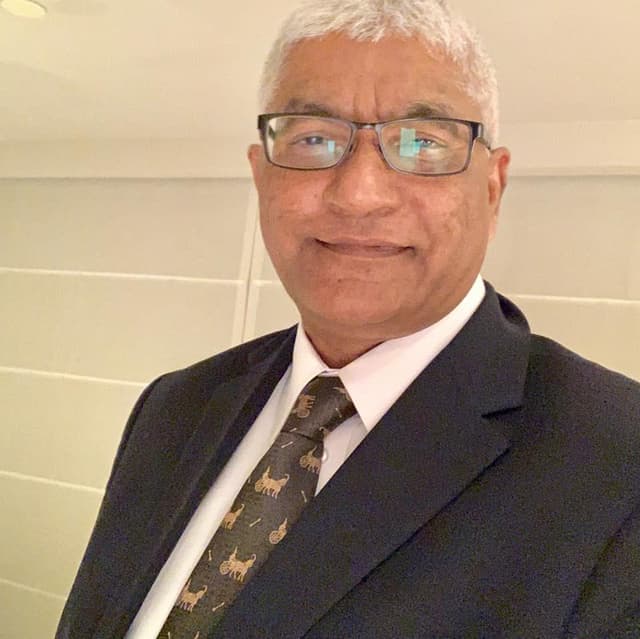
Psychodermatology
Chair: Prof Mohammad Jafferany, MD
This specialized course explores the vital intersection between dermatology and mental health, equipping clinicians with the knowledge and tools to manage psychodermatological conditions effectively. Through a blend of theoretical knowledge and practical application, participants will learn to diagnose and treat dermatological delusional disorders, identify psychiatric comorbidities in skin disease patients, and implement mental health strategies for chronic dermatoses. The curriculum also examines psychological factors in cosmetic dermatology and provides cutting-edge screening techniques for body dysmorphic disorder, including modern digital manifestations like Zoom dysmorphia. Adopting a patient-centered approach, the course emphasizes multidisciplinary management of conditions where psychological and dermatological factors interact. Participants will gain expertise in recognizing psychiatric components of skin diseases, addressing the emotional
burden of chronic conditions, and applying ethical principles in cosmetic practice. The training combines expert instruction with case-based learning to bridge theory and clinical practice. Designed for dermatologists, psychiatrists, psychologists, and primary care providers, this program enhances clinicians' ability to deliver holistic care that addresses both the visible and invisible aspects of skin disorders. Upon completion, practitioners will be better prepared to manage complex psychodermatological cases while improving patient outcomes through integrated mind-skin healthcare.

Dermoscopy
Chair: Prof Awatef Kelati, MD
This comprehensive dermoscopy course provides dermatologists and healthcare professionals with essential skills in skin lesion evaluation, covering fundamental principles through advanced diagnostic applications across five key areas: global dermoscopy practices, pigmented lesion analysis (including differentiation of benign and malignant patterns), specialized techniques for skin of color, skin cancer detection (melanoma and non-melanoma), and general dermatological conditions (inflammatory, infectious, and hair/nail disorders). Participants will develop proficiency in recognizing diagnostic patterns, adapting techniques for diverse skin types, and applying dermoscopic algorithms, ultimately enhancing their clinical accuracy through a combination of theoretical knowledge and practical case-based learning. The course emphasizes real-world application, addressing both common and challenging scenarios in dermatological practice.
